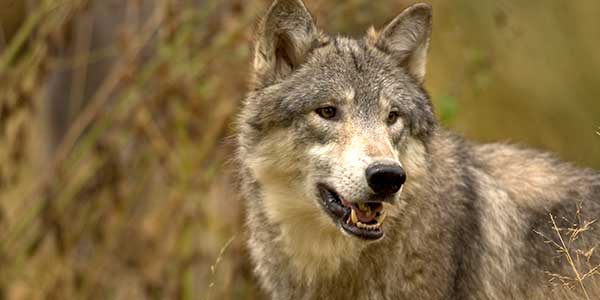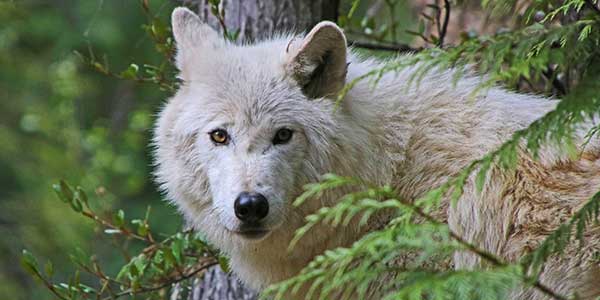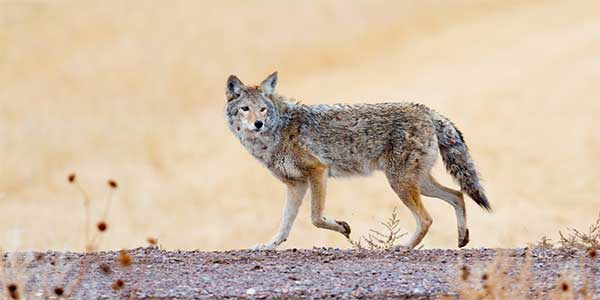Protecting Wolves
Overview


They are caring, playful, and very loyal – only a select few other species exhibit these traits so clearly. Wolves are also integral to their ecosystems.
Wolves in Canada face a number of grave threats – as wildlife already grapples with the devastating effects of climate change and industrial development, wolves are also the target of both trophy hunts and government-run culls.
Did You Know?
Become an Animal Defender
Discover More
Avoiding Conflict with Local Wildlife
Animal troubles in your neighbourhood? Bird feeders and unsecured pet food, garbage and grills may be bringing local wildlife to your back door.
Protecting Black Bears
Black bears are found in every Canadian province and territory except Prince Edward Island.



